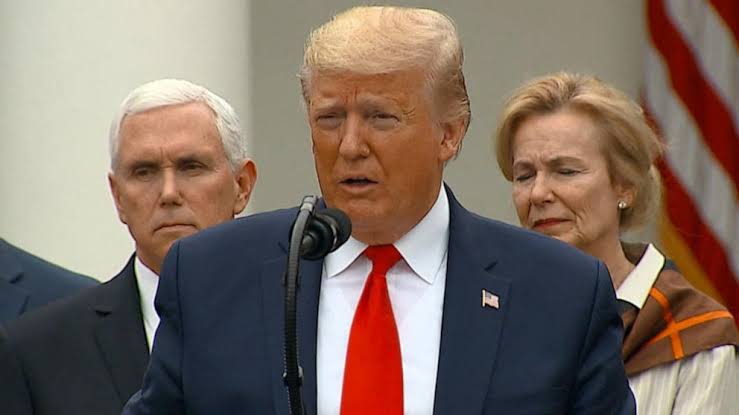The US government’s ambitious proposal to accelerate the adoption of electric vehicles (EVs) faces several hurdles but remains a feasible goal with the right policies and infrastructure investments. This initiative aims to combat climate change and reduce reliance on fossil fuels by significantly increasing EV sales and reducing emissions from transportation, one of the largest contributors to greenhouse gases.
The Proposal: Key Objectives
- Increased EV Adoption:
- The plan aims for EVs to make up 50-67% of new vehicle sales by 2030, a steep rise from the current levels.
- Reduction in Emissions:
- Stricter standards are proposed to limit CO2 emissions, compelling automakers to prioritize EV production.
- Investment in Charging Infrastructure:
- Billions of dollars will be allocated to expand EV charging networks, addressing one of the primary barriers to adoption.
Challenges to Overcome
- High Upfront Costs:
- EVs remain more expensive than traditional internal combustion engine vehicles, though costs are steadily declining.
- Incentives like federal tax credits will be critical to offset purchase costs for consumers.
- Charging Infrastructure Gaps:
- A robust and accessible charging network is essential, particularly in rural and underserved areas where EV adoption lags.
- Supply Chain Bottlenecks:
- The production of EVs requires a stable supply of critical minerals such as lithium, cobalt, and nickel, which face geopolitical and environmental challenges.
- Consumer Hesitancy:
- Concerns about range anxiety, charging times, and vehicle durability remain significant barriers to widespread adoption.
- Automaker Readiness:
- Legacy automakers must rapidly scale EV production while managing the transition from traditional vehicle manufacturing.
What Makes the Goal Achievable?
- Technological Advancements:
- Battery technology is improving, leading to longer ranges and faster charging times.
- Government Incentives:
- Federal tax credits, subsidies, and state-level incentives are encouraging consumers to switch to EVs.
- Grants for automakers and startups are supporting the development of innovative EV models and technologies.
- Growing Market Interest:
- Consumer awareness of environmental issues is driving interest in EVs, particularly among younger buyers.
- Major automakers, including Tesla, GM, and Ford, are investing heavily in EV innovation, signaling industry alignment with government goals.
- Expansion of Renewable Energy:
- The integration of renewable energy into the grid ensures that EVs can be charged sustainably, reducing overall emissions.
Impact of the Proposal
- Environmental Benefits:
- A significant reduction in greenhouse gas emissions could help the US meet its climate targets under international agreements.
- Economic Opportunities:
- The EV sector is expected to generate thousands of jobs in manufacturing, infrastructure development, and renewable energy.
- Energy Independence:
- A shift to EVs reduces reliance on imported oil, enhancing national energy security.
What’s Next?
For the US government’s proposal to succeed, collaboration among policymakers, automakers, and stakeholders is critical. Key actions include:
- Accelerating funding for charging infrastructure.
- Streamlining permitting processes for renewable energy and mining projects.
- Expanding public awareness campaigns to address consumer concerns.
Conclusion
The US government’s ambitious EV sales proposal is undoubtedly challenging but achievable with a coordinated approach and robust investment. The transition to electric mobility promises a cleaner, more sustainable future while unlocking significant economic opportunities for the country.








